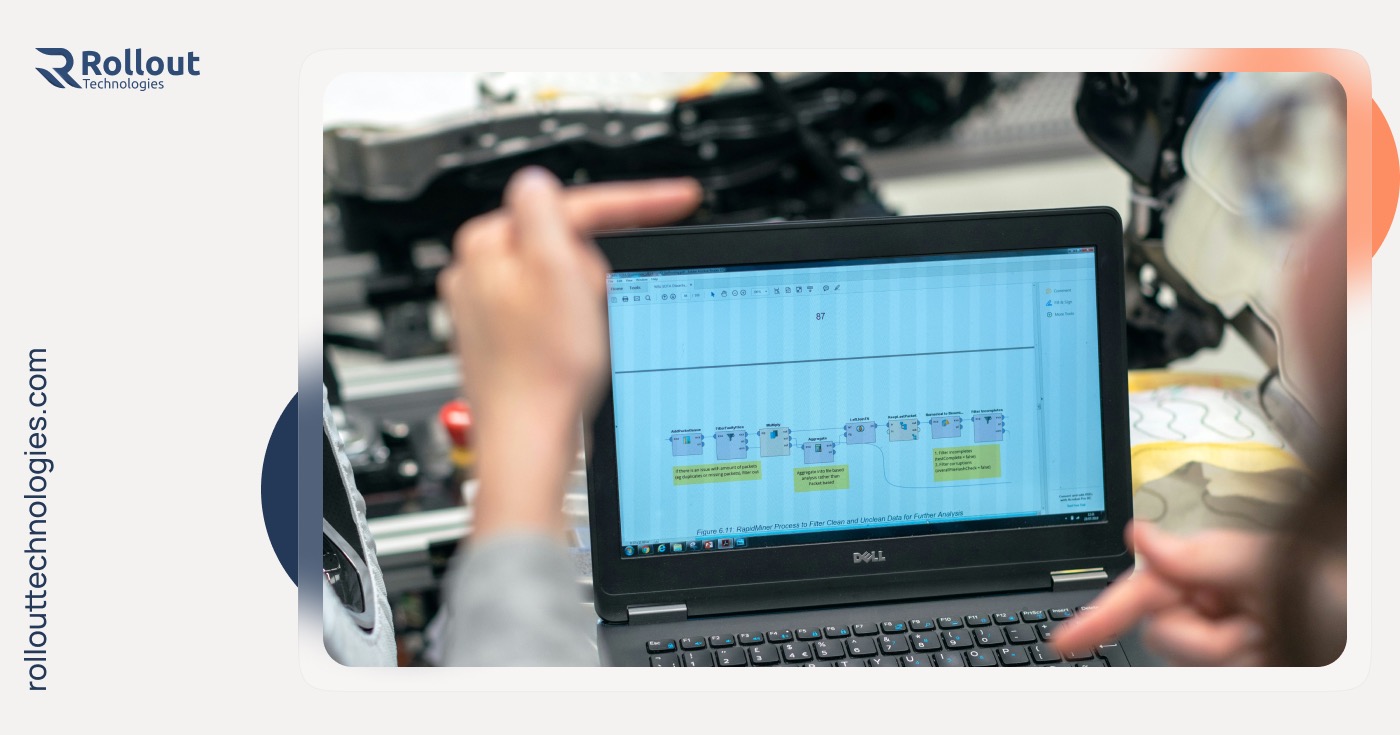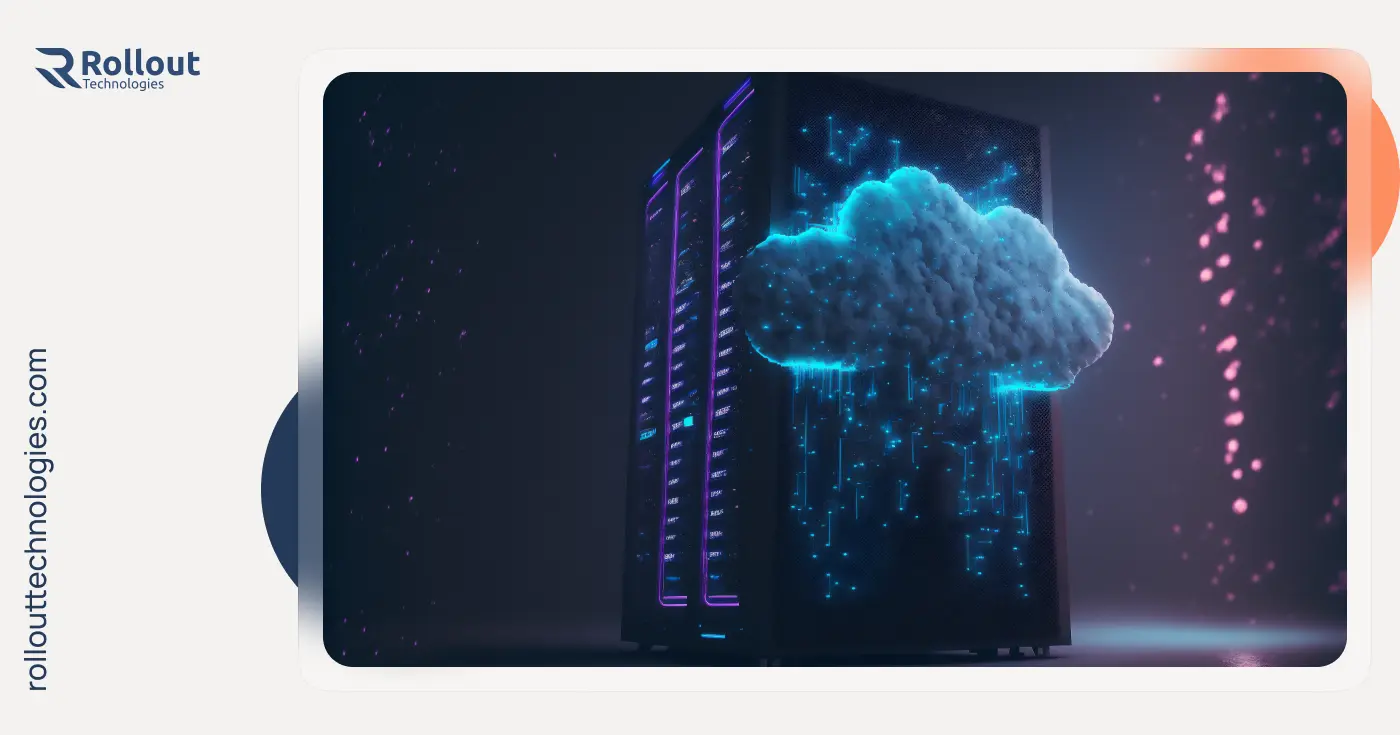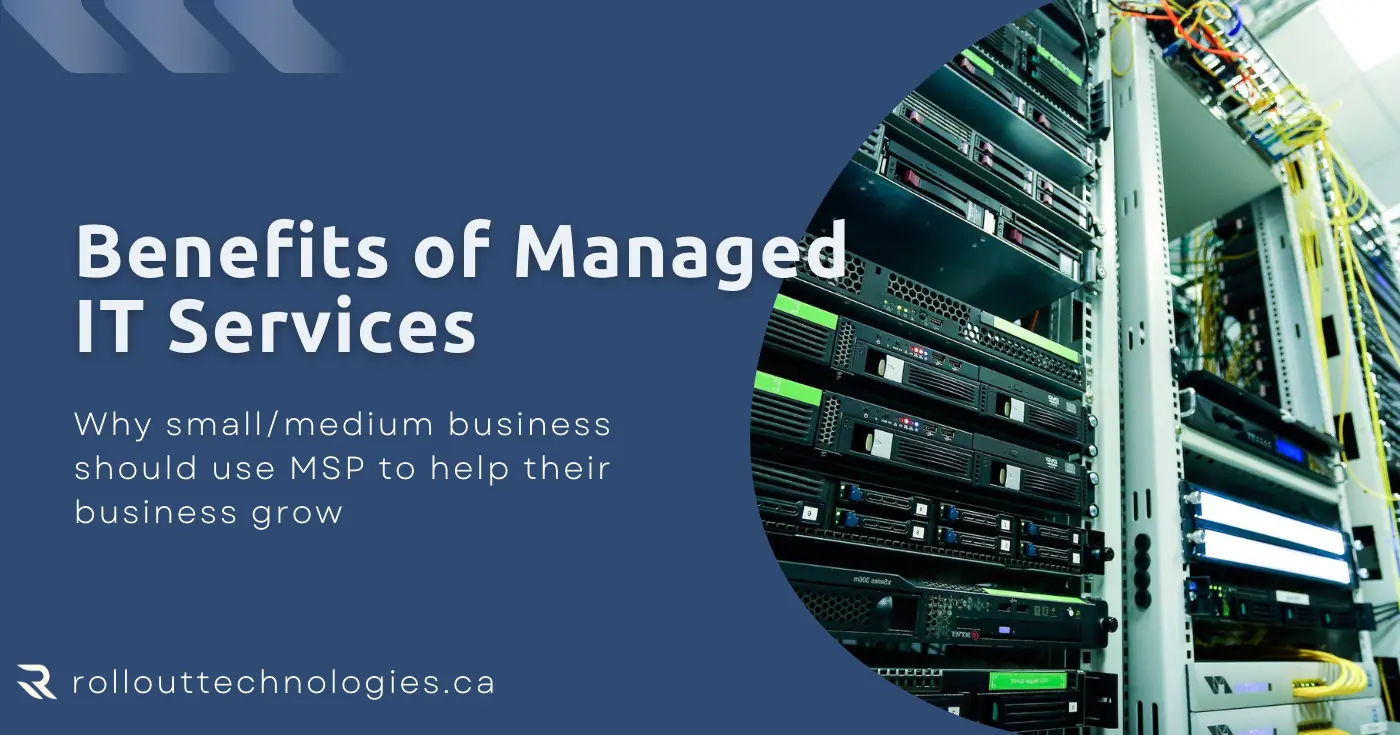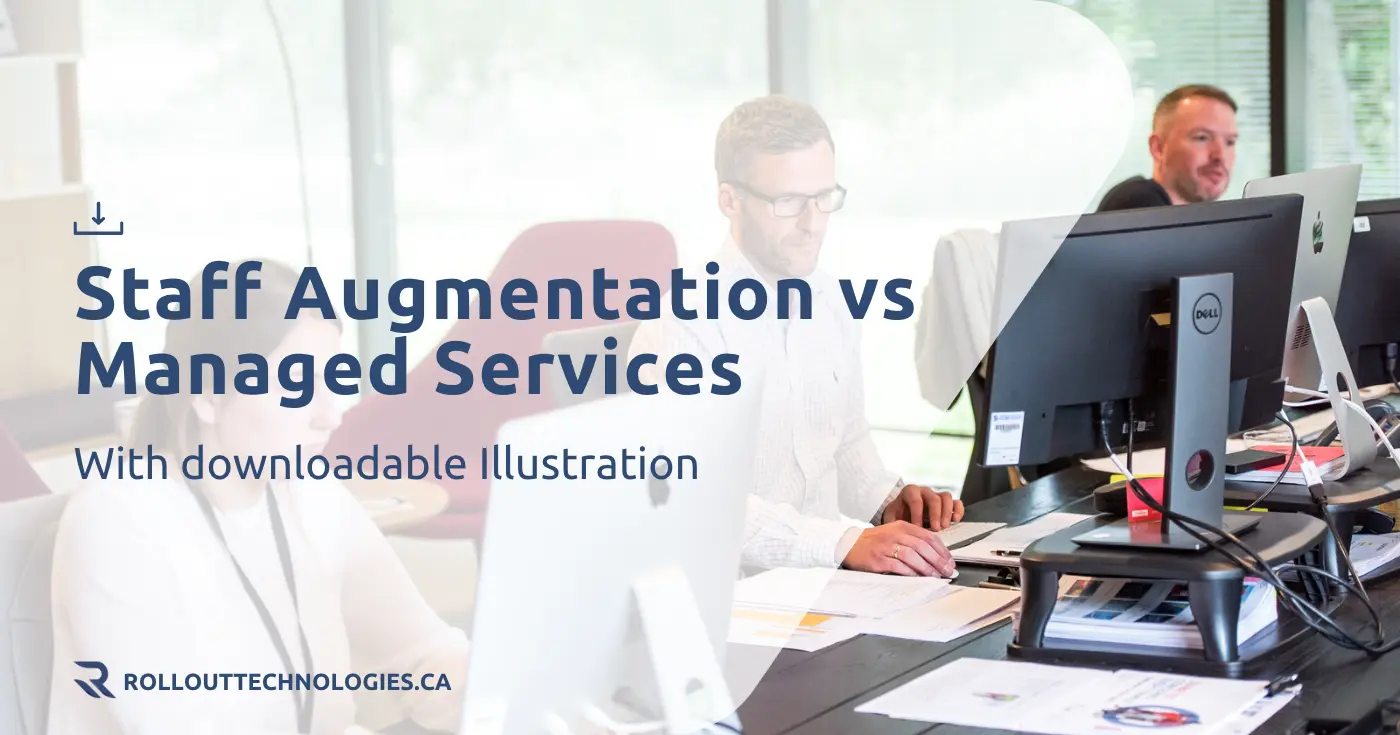Shrinking the customer base can be the worst nightmare for business owners. But have you ever wondered why does the customers leave? The straight reply is poor service and late replies to their problems. You might be shocked to see the seriousness of this topic that 33% of American customers instantly switch to other companies due to poor service. You might have question striking your head like how to ensure a positive customer experience.
Let’s delve into the article to understand what is IT service desk and how it help businesses streamline their work operations.
What is an IT Service Desk?
An IT service desk can save your day when unexpected trouble arises. In simple words, it is the main help center for an organization that offers all kinds of technical help and troubleshooting support to its employees.
How does the service desk work?
The ultimate goal of implementing an IT service desk is to provide technical guidance and ensure efficient workflow in the organization. IT service desk operations involve five operations that are as follows:
Ticketing System
The ticketing system is the heart of the IT service desk. It helps users generate tickets with problem descriptions from multiple channels. These tickets are logged according to priority and assigned to particular IT persons to resolve the issue.
Incident Management Process
Incidents are the real disturbance for IT services. The main aim of Incident management is to resolve the issue as soon as possible and help the organization return to its normal workflow.
Request Fulfillment Process
It’s important that IT services are not breached during the resolution; hence, the request fulfillment process is crucial. Requests and changes like application access, hardware upgrades, software installation, etc., are managed through request fulfillment.
Problem Management Procedures
It focuses on preventing recurring issues by finding their root cause using certain methods. The experts will investigate and analyze your problem through trend analyses, error identification, and various other prevention tactics to resolve the problem from the root and make sure it doesn’t arise in the future.
Change Management Implementation
Changes are never easy to adapt that fast, whether it’s in our daily lives or inside an organization. Change management implementation involves updating the IT infrastructure, system, or services with minimal disruption to maintain the stable work operation and integrity of the IT environment.
What does IT Service Desk do?
Well, IT service desks are the superheroes who have all the solutions to the IT services problem in the tech world. As user satisfaction is an undeniable factor in business, the IT service desk does the following things to enhance workflow and keep problems at bay.
Providing Technical Support to Employees
It offers proven solutions to software glitches, network connectivity problems, hardware malfunctions, and various other technical issues.
Handling Service Requests and Incidents
It doesn’t actually work like a first-come, first-served. As the IT service desk focuses on optimal performance first, it categorizes issues according to their type and severity. The high-priority request is handled first to minimize downtime and restore the service to its normal state.
Proactive Monitoring and Maintenance
Frankly speaking, even the IT service desk can’t guarantee you that the issue won’t arise in the future. Hence, proactive monitoring and maintenance are equally important. Proactive monitoring provides a stable and safe IT environment to ensure good network performance and system health.
Continuous Improvement through Feedback and Analysis
Lastly, service desks stay in constant touch with employees to gather the feedback about the resolved issues to make future improvements and keep delivering best service over the time.
Types of Service Desks
Local Service Desk
A local service desk can be suitable for small—to medium-sized organizations that need help within the premises. It is the best option because it is physically available on the premises. Hence, employees can get immediate personalized help and understand the issue precisely.
Centralized Service Desk
As the name suggests, it offers centralized support to employees from various departments and locations. The centralized desk can handle a large number of tickets, emails, and calls as every ticket and resource is effectively shared among the staff members for consistent delivery.
Virtual or Remote Service Desk
You might have seen chatbots popping up with “how can we help you today” on most of the websites and apps today; these are also IT service help desks. This is the most trending service desk used by majority of organization today because it is flexible and gives round the clock support to employees.
Follow-the-Sun Service Desk
The Sun service desk is used by companies that work with multiple geographical regions. It offers uninterrupted 24/7 service to employees as it easily switches to different regions with proper resource utilization.
Get help anytime for IT services in Edmonton and the surrounding regions. Schedule a free consultation call with us.
Benefits of Service Desk?
Facilitates Seamless Issue Resolution
Gone are the days when the employees used to bang their head on the keyboard and wait for issue resolution. The service desk is just one message and calls away from you; it’s like a friend in need who is always available to save you from unexpected surprises like downtime and technical problems.
Streamlines Workflow and Task Management
You can say the service desk is a cherry on your tech cake. You can work great when you have the back of IT superheroes. You can surely work better and manage your tasks effectively, as the IT service desk is always there to lift you up when you slip down from work.
Drives Cost-Efficiency and Resource Optimization
Service help desks are your budget-friendly buddies. It helps your business run at a low cost with streamlined processes, proactive problem-solving, and proper resource utilization.
Promotes Proactive Problem Identification and Resolution
You can run your business stress-free because the service help desk will always be in touch with your employees. They use automated alerts and go through regular maintenance by using advanced tools to identify the issue at an early stage before it becomes a headache.
Empowers Informed Decision-Making with Data Insights
Data is everything in today’s tech world. The IT service help desk will monitor how your data is used, what is working for the employees, and what is not. Hence, by knowing the recurring problem and having effective data insights, you can better understand your business and make the right decision to deliver exceptional service to the user.
Cultivates a Culture of Continuous Improvement
By analyzing performance metrics and collecting employees feedback, you can work towards business improvements. This is a win-win situation for both; you can make your service align with employees needs.
Help Desk vs. IT Service Desk vs. ITSM
The role of the IT service desk, help desk, and ITSM is to help users with technical issues. Most of the people mix these three terms and get confused. Let’s understand these terms with the help of examples:
- We all face password reset problems or other minor glitches while using any app or software. Obviously, you will need immediate solutions for password resets and software glitches to maintain your workflow; this type of issue is handled by the help desk.
- On the other hand, the service desk offers complete support, from proactive problem management to incident resolution. This focuses on making employees experience easy and improving IT services efficiency.
- ITSM refers to IT service management system, which focuses on the big picture. It is responsible for managing the entire IT service across an organization and involves using tools and strategies to improve IT services.
Best Practices for Effective Service Desk Operations
Below are some of the best practices for effective service desk operations.
Knowledge Base
You must maintain a handy knowledge base that educates employees about basic problems and solutions. This way, they can learn technical knowledge and fix basic issues independently without the need for a service desk.
Automation and Workflow Management
Trust us! Automation removes half of the work stress. You can automate repetitive tasks and other tasks that you can rely on tools for. This will help you save time and focus on other crucial things for better work management.
Reporting and Analytics
Use reporting and analytics tools on a regular basis to monitor important data such as ticket volume, resolution times, and customer satisfaction. This will help you understand common employees issues and other patterns, opportunities for development, and resource allocation.
Communication Tools
Employees is likely to get irritate if there is lack of clear and timely communication. You must include phone, email, and chat channels to facilitate easy communication between employees and support staff.
Integration Capabilities
Connect the service desk to additional IT tools and systems to facilitate data sharing and improved coordination. Problems can be detected easily with the right integration and monitoring system.
Mobile Support
Make sure your service desk is easily accessible from mobile devices. Mobile phones will be the first handy gadget when employees face issues. This guarantees flexibility and reactivity when handling problems, particularly for teams that work remotely or in remote locations.
Security and Compliance Features
Prioritize confidentiality and integrity of the data on the first note. It’s your responsibility to safeguard the data with access controls and encryption techniques when a employees shares credentials and other sensitive data while problem resolving.
How to Choose the Right Service Desk for Your Business?
You can only have the best service desk experience when you know what you want. Consider the IT service desk features below to choose the right service desk for your business.
Assessing Organizational Needs
There is no all-rounder IT service desk solution that fits every business’s needs, but you can find the right one that fulfills your organization’s needs. Consider factors such as the size of your organization, types of users, and specific IT support requirements if any.
Defining Functional Requirements
List the requirements you want in your service desk. Also, prepare a document of the problems and solutions you faced earlier and go through the gap analysis. Eventually, this will help you pick the accurate service desk for your business.
Considering Scalability and Flexibility
If your organization operates at multiple tiers or has multiple offices in different regions, you must consider scalability and flexibility to expand functionality and add employees in the future.
Assessing Quality of Support Services
Finding a high-quality service help desk is like swimming through a sea with mismatched socks. But it’s not that hard; evaluate the various factors such as timeliness, multi-channel support, and more. Read reviews, testimonials, and case studies and reach out to service providers directly.
Ready to Implement Service Desk?
I hope you found the above article useful in understanding various aspects of IT service desk and helpful in picking the right service desk service provider. Service desks are the best investment for every business that bridges the gap between users and technology. By providing timely and effective solutions, your business will thrive with a great culture of productivity and an increasing customer base.
Are you confused about choosing the right IT service desk solutions for your organization? Well, we can help. Contact Rollout Technologies to schedule a free consultation today.
FAQs
IT service desk is responsible for providing technical support to employees, helping with troubleshooting and resolving IT issues, managing service requests and IT infrastructure, and ensuring easy communication between employees and IT teams.
An IT service desk is a basic necessity for organizations of all sizes. It benefits both small and large organizations by making IT operations easier through effective technical support and enhancing productivity.
IT Service Desks commonly make use of ticketing systems like ManageEngine and remote desktop applications like as AnyDesk to facilitate effective issue tracking and remote help.
Yes, you can integrate the IT service desk with other IT systems and tools. It can be used with monitoring software, ticketing systems and various communication platforms for smooth workflow and improve coordination across different IT functions.
The IT service desk’s main responsibility is providing technical support. It can help you resolve software glitches, hardware malfunctions, network connectivity issues, account access, configuration, and more.








